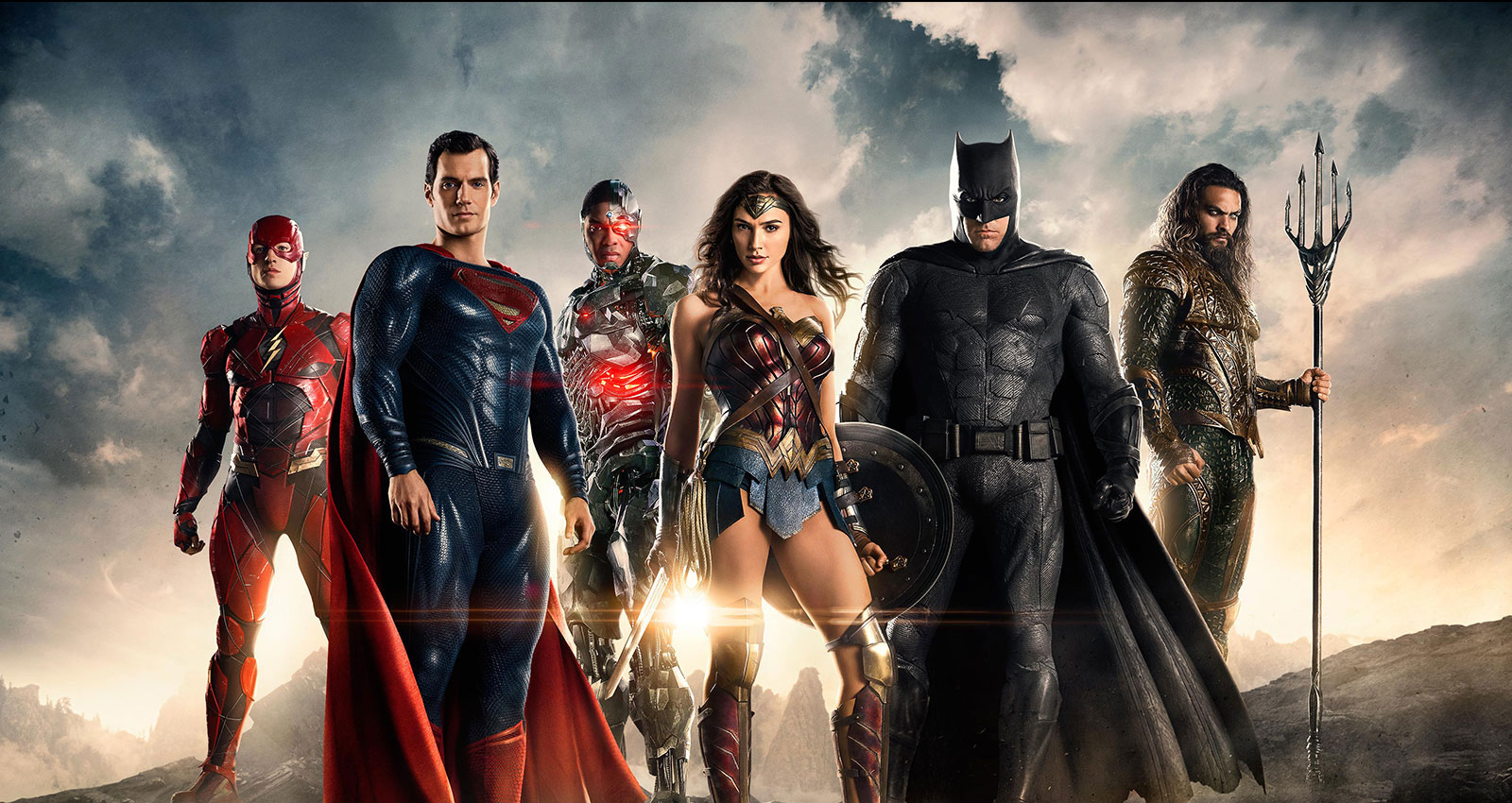The DCEU finally decides to incorporate post-credits scenes, and all the better for it.
Justice League has been the talk of the town all week. The film is finally out in theaters and although reviews have been generally uneven — Rob Hunter opines that with Justice League, “DC’s still looking for that marvelously elusive secret formula” — it’s on our minds as inescapably as most things superhero-related tend to do these days. One of these talking points will inevitably the subject of post-credits scenes.
It probably goes without saying, but there will be spoilers ahead.
Earlier in the month, Jason Momoa declared that audiences should “sit through the whole [of Justice League] and go through the credits,” during and after which two scenes would play out. Despite the DCEU having made a name for itself for notoriously omitting post-credits scenes in their previous films, this was actually worth the wait. For all of Justice League‘s inconsistencies in narrative, the two post-credits scenes that feature in the film are pretty awesome.
The mid-credits scene focuses on the age-old debate of whether Superman (Henry Cavill) or The Flash (Ezra Miller) is the faster of the two superheroes. Throughout their many incarnations, Superman and The Flash have been known to race each other. One of Justice League’s strongest aspects as a film is character dynamic, and throwing in little nods like a race between Clark and Barry is just a wonderful treat, if not necessarily narratively significant.
The second post-credits scene takes on a far more sinister and exciting turn. The scene marks the return of Lex Luthor (Jesse Eisenberg), portraying him back in a life of luxury (sans hair) after he has escaped from prison. We are also introduced to Joe Manganiello‘s Deathstroke, who Luthor is recruiting to form a “league of our own”.
This is crucial for what’s coming up next in the DCEU given that despite DC having some of the most iconic villains, they just haven’t been used particularly well. Speaking solely of Justice League, Steppenwolf (played by Ciaran Hinds trying his best) was the most boring character in the film. The trend of inconsequential villains in superhero team-up films has reached a point of predictability and irrelevance that they’re easy to tune out, even though it shouldn’t be that way. If the post-credits scene is anything to go by, Luthor’s mysterious evil league will at least attempt to be a force to be reckoned with.
Furthermore, Deathstroke himself is a cool new introduction to the DC film franchise. Justice League marks Deathstroke’s first live-action film appearance. And gearing up to join Luthor’s organization against the Justice League is one thing, but it’s also a wonderful tease towards Slade Wilson’s own solo movie that was announced last month (The Raid‘s Gareth Evans is slated to direct). More than a year has passed since Ben Affleck first tweeted test footage of Deathstroke, and it seems like the character is coming into his own shortly. Rumors are always buzzing when it comes to the troubled case of Ben Affleck’s eponymous solo endeavor as the caped crusader. But even if Deathstroke doesn’t make an appearance in The Batman, the Justice League post-credits scene at least ensures that he’ll be a prominent villain in future DCEU projects.
Justice League‘s post-credits scenes are two of my favorite ones I’ve seen in a while. Gone are the days of the MCU’s more straightforward post-credits scenes; Marvel has since opted for more random and mostly unsatisfactory little nuggets that are so elusive they don’t really glean much insight for the average viewer. (And of course, Marvel is meta enough to acknowledge it in post-credits scene form in Spider-Man: Homecoming.) But Justice League‘s two post-credits scene hint at emerging character dynamics that audiences are inclined to root for as well as teased a next narrative step for the Justice League as a team. Although Justice League is far from a home run, the DCEU still manages to keep audiences on our toes.

